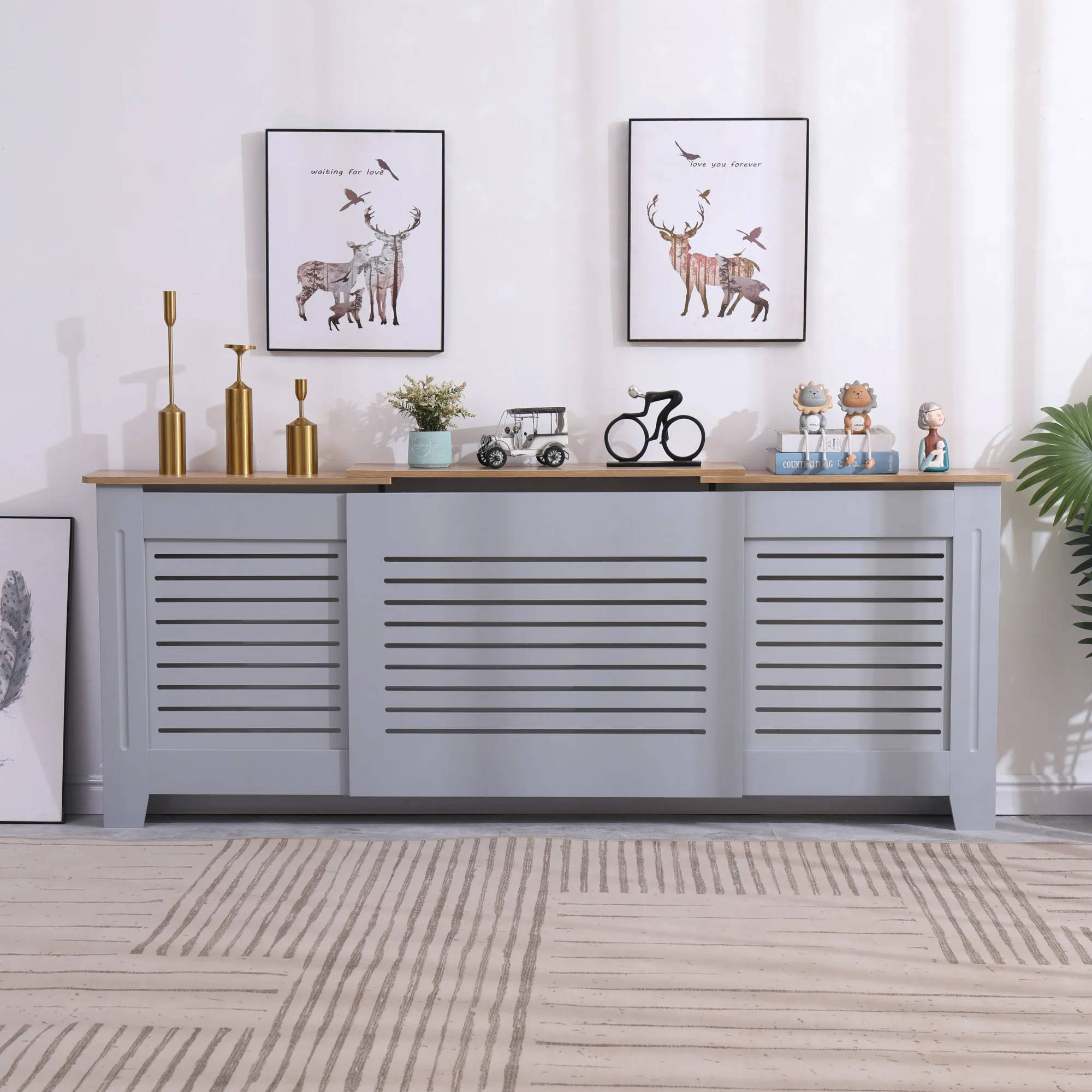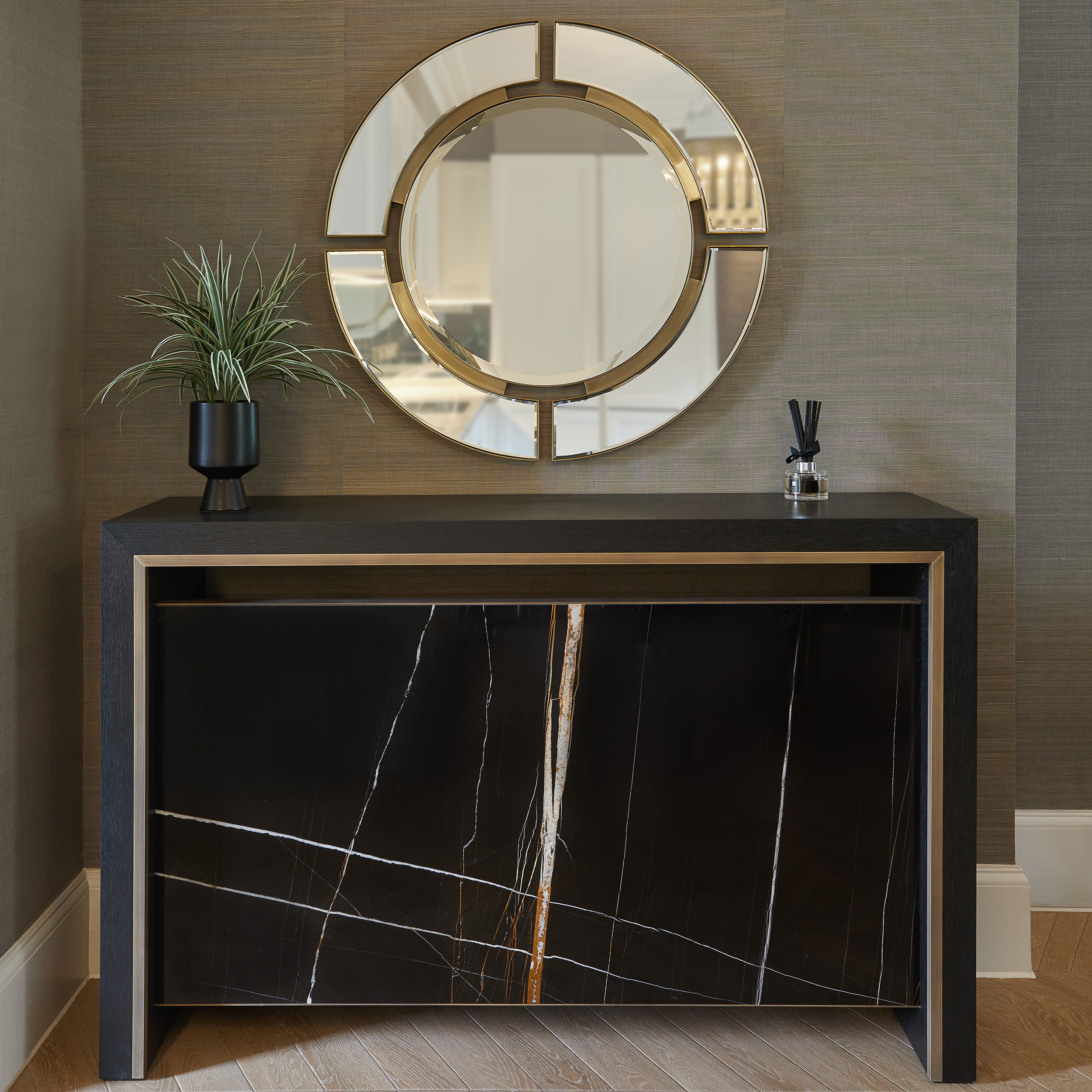Radiator Cover Ideas to Raise Your Interior Design
Radiator Cover Ideas to Raise Your Interior Design
Blog Article
Radiator Covers: Recognizing Materials, Designs, and Advantages
Radiator covers offer both useful and visual functions within a home, supplying a range of products such as mdf, wood, and metal to fit different design choices. Choosing the ideal radiator cover entails recognizing the nuances of materials, designs, and their associated benefits.
Kinds of Products


Wooden covers, commonly crafted from hardwoods such as oak or maple, supply a traditional, warm appearance that matches traditional interiors. Their sturdiness and capability to be tarnished or painted add to their versatility. Metal covers, normally made from steel or light weight aluminum, are favored for their robustness and modern-day appearance, often including smooth lines that enhance modern areas.
MDF, a manufactured wood product, is popular for its cost-effectiveness and simplicity of personalization. It can be painted or ended up to match existing style while using a smooth surface. Plastic covers, while less usual, are light-weight and immune to moisture, making them appropriate for damp settings.
Inevitably, the selection of product for a radiator cover need to line up with the property owner's style preferences, functional requirements, and the certain atmosphere where the cover will be set up. Each material supplies a distinct personality, making certain that there is a choice to match every preference and setup.
Popular Design Styles
Highlighting visual appeal, preferred style styles for radiator covers reflect a variety of preferences and interior decoration trends. Conventional styles typically feature complex woodwork and ornate describing, making them ideal for vintage-inspired or classic insides. These covers commonly include sculpted aspects, offering a warm and welcoming feel to any space.
In contrast, contemporary styles concentrate on minimalist aesthetic appeals, defined by tidy lines and understated sophistication. Products such as steel or smooth wood with a smooth coating are commonly made use of, allowing these covers to blend perfectly right into contemporary rooms. Industrial designs, on the other hand, welcome resources like exposed steel and concrete, adding a bold statement to loft space or urban setups.
For those looking for a distinct touch, bespoke designs offer customization options that cater to specific choices, making it possible for home owners to choose shades, patterns, and products that complement their style. Additionally, farmhouse-style covers integrate rustic components, including distressed wood and basic kinds that stimulate a comfortable, nation appeal.
Benefits of Radiator Covers
Radiator covers not only enhance the visual allure of an area however also offer numerous sensible advantages that make them a rewarding enhancement to any kind of home. One of the key benefits is safety and security, specifically in homes with kids or family pets. Covers minimize the threat of burns from hot radiator surfaces, guaranteeing a much safer setting.
In addition, radiator covers can enhance power effectiveness. By guiding warmth right into the room instead than permitting it to leave, they aid preserve a consistent temperature level, reducing heating prices gradually. This is especially helpful in older homes where radiator systems may be less effective.
One more remarkable advantage is noise reduction. Radiators can occasionally generate unwanted audios during procedure, and covers can assist stifle these noises, adding to a more peaceful living space. Radiator covers can be functional, supplying added storage or screen area, thereby maximizing the energy of often-overlooked locations.
Lastly, they can safeguard radiators from dust and particles, which Get More Information can impede efficiency and boost maintenance requirements. With these incorporated advantages, radiator covers emerge as a useful option for boosting both the capability and style of any type of home environment.
Installation Considerations
Mounting radiator covers needs careful factor to consider to guarantee both performance and safety (Radiator cover). Examine the dimensions of your radiator and the surrounding room to make certain a correct fit. Precise measurements are vital; an uncomfortable cover can block heat circulation or create security threats
Following, assess the product of the cover. While wood provides aesthetic charm, steel alternatives might give far better toughness and heat resistance. Think about the weight of the cover as well; heavier covers might need extra assistance or reinforcements to avoid drooping or damage over time.
Air flow is an additional essential element. Covers should include adequate air movement to protect against overheating and keep efficient home heating. Try to find designs with slats or openings that enable warm to distribute without obstruction.
Furthermore, guarantee that the cover is safely installed to stop mishaps, particularly in homes with animals or children. Radiator cover. It's a good idea to comply with the manufacturer's setup guidelines closely and, if essential, get in touch with an expert for complicated installments
Maintenance and Treatment Tips
Proper upkeep of radiator covers is vital for ensuring their long life and optimum performance. Normal cleaning is crucial; dirt and particles can accumulate, obstructing air flow and reducing heat effectiveness. Utilize a soft, wet towel or a microfiber duster to delicately clean the surface area, avoiding harsh chemicals that may harm the coating. For repainted or wood covers, think about an ideal gloss or protective layer to keep their appearance.
Inspect the covers occasionally for signs of wear or damages, such as cracks or peeling paint. Attending to these issues promptly can prevent more deterioration. Guarantee that the covers are safely secured and check for any type of loose Read Full Report screws or fittings, as vibrations from the radiator can loosen them with time.
In colder months, stay clear of putting heavy items or ornamental items in addition to the radiator covers, as this can hamper warm circulation and trigger unneeded anxiety to the framework. Think about seasonal upkeep by eliminating the covers for extensive cleaning and assessment during warmer months when the home heating system is non-active. Adopting these easy care suggestions will certainly improve the efficiency and visual appeal of your radiator covers, guaranteeing they offer their objective effectively for several years to find.

Verdict
In recap, radiator covers work as visual and useful improvements to residential spaces. The diverse range of materials, including hardwoods, mdf, plastic, and steel, enables for placement with different layout styles such as typical, contemporary, commercial, and farmhouse. The advantages of these covers prolong beyond safety and energy efficiency to include extra storage and dirt security. Mindful consideration of setup and maintenance additional ensures the longevity and efficiency of radiator covers in any home setting.
Radiator covers serve both visual and practical purposes within a home, supplying an array of materials such as hardwood, metal, and MDF to match different design preferences. Selecting the right radiator cover involves recognizing the subtleties of products, styles, and their linked advantages.Highlighting aesthetic allure, prominent design styles for radiator covers show a variety of preferences and indoor style patterns.Radiator covers not only improve the visual allure you can try here of a room but also provide a number of useful advantages that make them a rewarding addition to any kind of home. Take into consideration the weight of the cover as well; heavier covers may need added support or supports to avoid sagging or damages over time.
Report this page